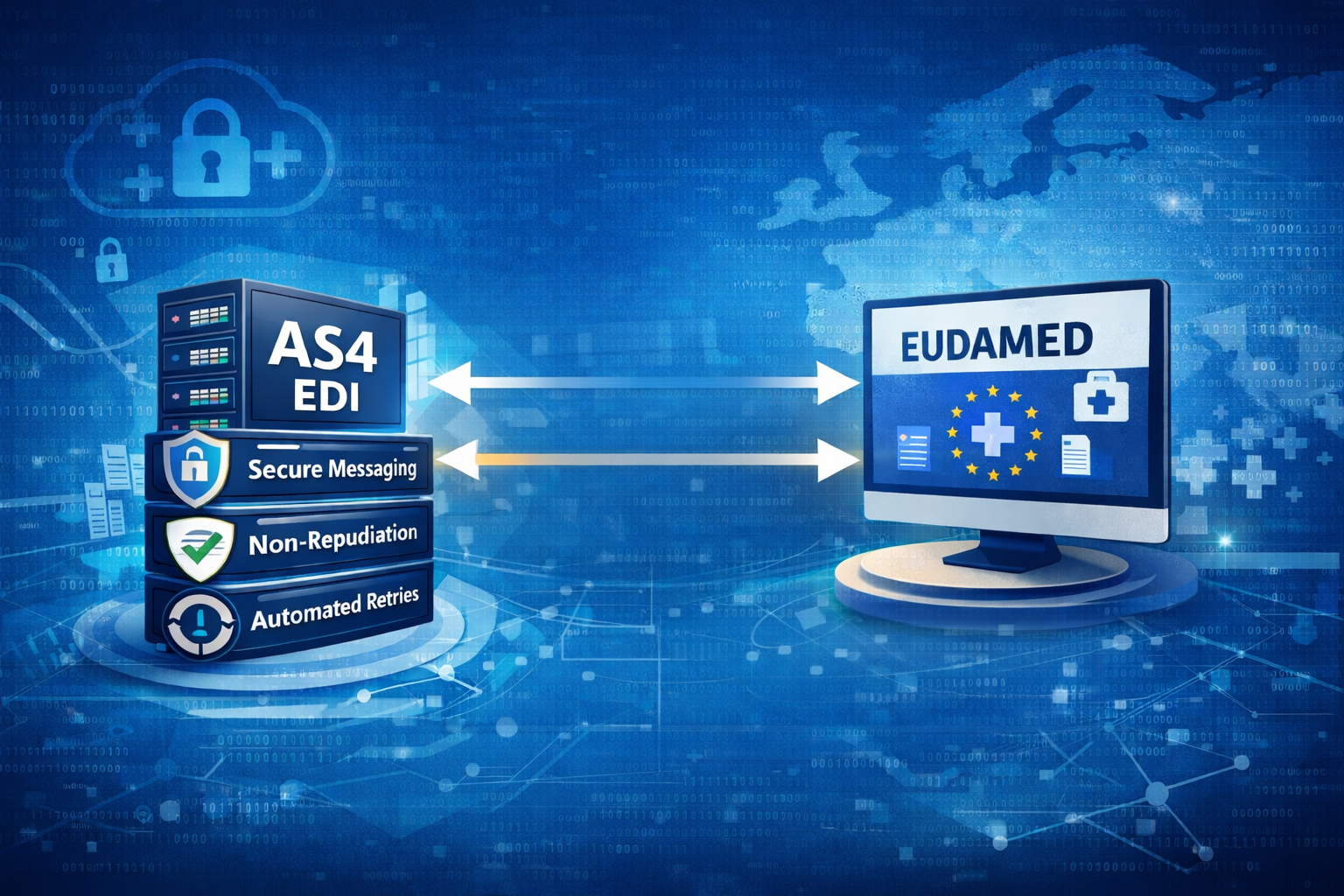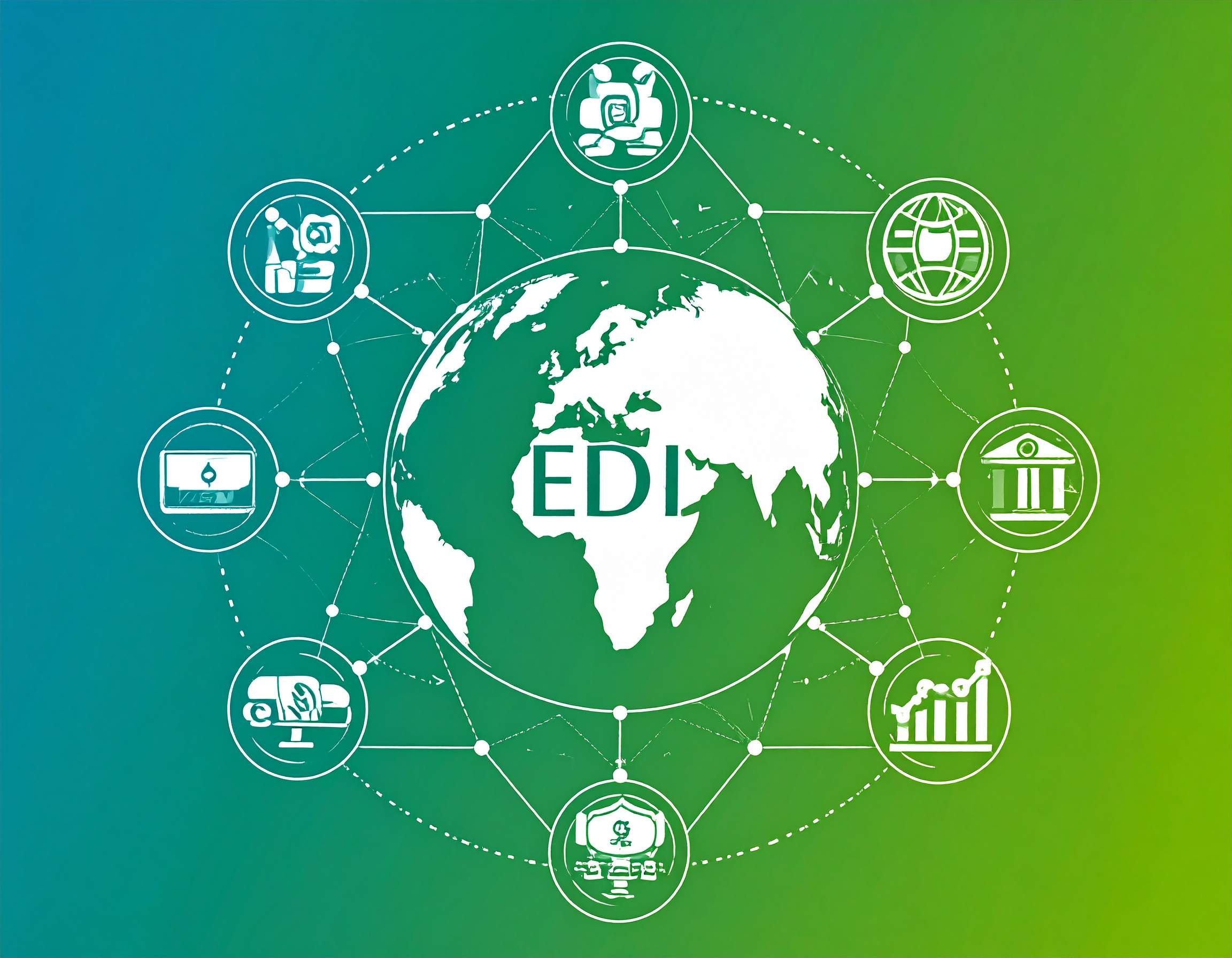MFT Gateway is a hosted Software as a Service (SaaS) solution that enables file exchange over the AS2 or SFTP protocol, without the need to install or maintain.
- Blog
- Choosing On-Premises vs. Cloud File Transfer
MFT | AS2
Choosing On-Premises vs. Cloud File Transfer
This article offers a summarized comparison of on-premises and cloud file transfer methods, giving you the insights needed to choose the best option for your needs.

Thanura Jayatissa
Published: 26 Jun 2024

Table of Contents
In today’s fast-paced and competitive environment, businesses encounter various security threats. To safeguard and reliably transfer their sensitive, business-critical data, it’s crucial for businesses to utilize a secure file transfer solution capable of transferring data securely and efficiently, irrespective of file size, transfer volume, and complexity. In this blog post, we will discuss two file transfer hosting methods and provide insights to help you choose the best option for your business needs.
On-Premises File Transfer
On-premises file transfer servers have been used for a long time and were the only available option for many years. They rely heavily on local servers and require a higher upfront cost and configuration time. However, they offer a greater degree of customizability that may better fit the requirements of your business. Although this method may seem outdated, it still provides many advantages.
-
Greater Security, Customizability, and Control: Organizations benefit from direct access control and security by keeping data within their own internal network which ensures data privacy. This also allows for straightforward configuration with existing company firewalls and provides a high level of customization to meet specific business requirements.
-
Better Performance and Transfer Speeds: Since data is being stored in the same location as the users, organizations can achieve faster transfer speeds. This also eliminates technical barriers such as latency, bandwidth limitations, and network congestion that can affect cloud-based file sharing. You can also leverage your server capabilities and hardware to optimize your file transfer speed.
-
Accessibility: Access to on-premises servers is not reliant on an internet connection or third-party cloud service providers. This ensures continuous availability and control over data transfer processes.
-
Regulatory Compliance: For organizations with strict regulatory requirements, on-premises solutions offer better compliance by maintaining data within the organization’s internal network.
While on-premise file transfer solutions offer plenty of advantages, there are some drawbacks to consider.
-
Higher Costs and Overhead: On-premises file transfer systems come with significant upfront expenses and ongoing maintenance costs. You’ll need to install and manage the necessary infrastructure to ensure optimal performance, which requires a dedicated IT staff capable of handling upgrades and maintenance.
-
Less Flexibility and Scalability: Scaling on-premises file transfer systems to match your changing operational and business requirements can be challenging. You might need to invest in additional hardware, software, or licenses to support more users or files, potentially leading to wasted resources if your needs decrease later-on. The inflexibility of on-premises solutions can limit your ability to adapt quickly to new demands.
-
Disaster Recovery: On-premises systems may require more robust disaster recovery planning and resources.
Cloud Based File Transfer
Cloud-based file transfer involves hosting and sharing your files on a remote server owned by a third-party vendor. Instead of investing time and resources into managing on-premises servers, companies can use these cloud-based servers to access and manage their data. Workforce members simply log in and share files through the software provided by the vendor. This vendor is responsible for maintaining, updating, and fixing any issues with the software involved. Cloud-based file transfer offers these advantages:
-
Cost Efficiency: Cloud-based file transfer provides cost efficiency by lowering upfront costs, as it eliminates the need for significant initial investments in infrastructure resources and IT staff. Additionally, the pay-as-you-go model allows organizations to pay only for the resources they presently require and utilize, reducing additional expenses and providing a more cost-effective solution for file transfer needs.
-
Greater Scalability and Flexibility: Cloud-based file transfer offers flexible resource allocation, allowing organizations to easily scale as they need, based on their changing requirements. This adaptability enables organizations to quickly adjust to changes in user demand and file transfer volumes, ensuring efficient operations and resource utilization.
-
Maintenance-free: Cloud-based file transfer systems are great when it comes to maintenance and updates. Cloud providers automatically and reliably perform managed services like server management, software updates, and applying security patches, thereby easing the workload of the IT staff and reducing demand for in-house IT infrastructure resources by eliminating the need for manual updates and server maintenance.
-
Accessibility: Cloud-based servers can be accessed through the internet, which means users can access them regardless of their physical location. Usually, users can download third-party software or use a web-based application to access and manage their data through any authorized device, from anywhere, anytime.
-
Effective Disaster Recovery: Cloud solutions usually provide built-in backup services, making it more reliable and cost-effective to ensure business continuity.
These are the potential drawbacks to consider when using cloud based file transfer solutions:
-
Compliance and Regulatory Issues: There are different data privacy laws and regulations in different regions. Ensuring compliance with these laws can be quite a challenging task, especially when transferring data.
-
Limited Control: When using third-party cloud service providers, you give up most of their control over the infrastructural and data management practices. This lack of control can be a concern for organizations with strict data governance requirements.
-
Performance Issues: When compared with on-premise solutions, cloud-based data transfers can be slower, especially when transferring large files or extensive amounts of information. Network latency and bandwidth limitations can impact performance, as can the variation of SLAs offered at different subscription levels.
-
Integration Challenges: Integrating cloud-based file transfer solutions with custom in-house and legacy applications and workflows can pose challenges.
Key Points
- Choosing between on-premises and cloud-based file transfer solutions depends on your business needs.
- On-premises solutions offer higher security and would be ideal if you need to handle heavy loads and are in need of custom integrations, but at the expense of high costs and infrastructure resources.
- Cloud-based solutions are ideal for low to moderate volumes of messages with standard integrations and can be cost-efficient since you can pay for what you use, though there may be concerns and challenges with compliance and control.
Explore the best of both worlds with our file transfer solutions, leveraging the secure AS2 protocol for seamless and secure data transmission. Try out MFT Gateway, our cloud-based AS2 file transfer software as a service, and set up an AS2 server in minutes, perfect for enterprises needing quick, scalable solutions.
Prefer on-premises? Deploy your own AS2 server wherever you like, seamlessly integrating with your B2B systems. Contact us at info@aayutechnologies.com.

Talk to an EDI Expert
Join hundreds of organizations already taking full control of their B2B AS2 communications with our trusted solutions. Contact us today to tailor a solution that fits your specific AS2 EDI needs.
Related Articles
View All BlogsExplore our product stack
Try before you buy with a 30-day Free Trial
No commitment, all value. Try the AS2 Solution Risk-Free and discover how our solutions can transform your business workflows. No credit card required.
Explore Your Possibilities
Elevate AS2 Communications with our EDI and AS2 Solutions
See how our AS2 and EDI solutions can simplify your integrations, boost efficiency, and keep you compliant—request a personalized demo today.
















































































































































































































